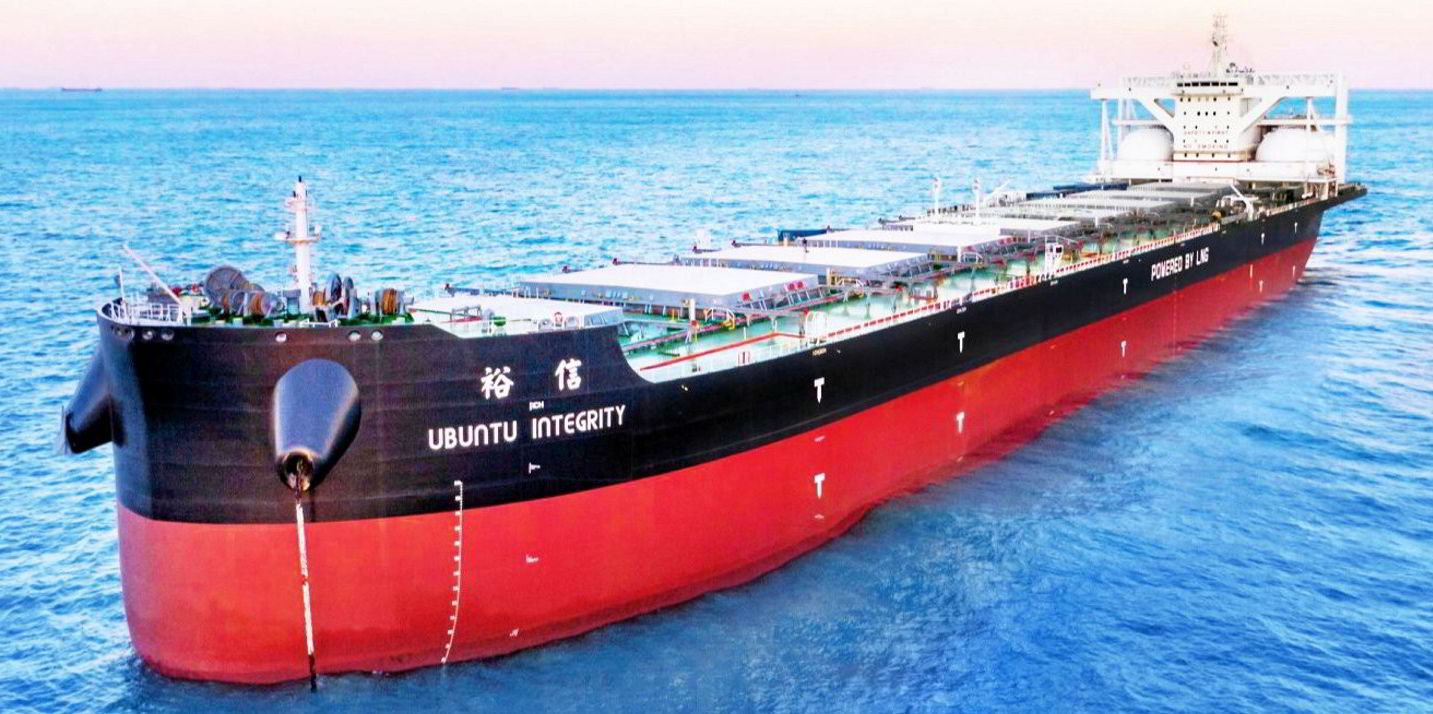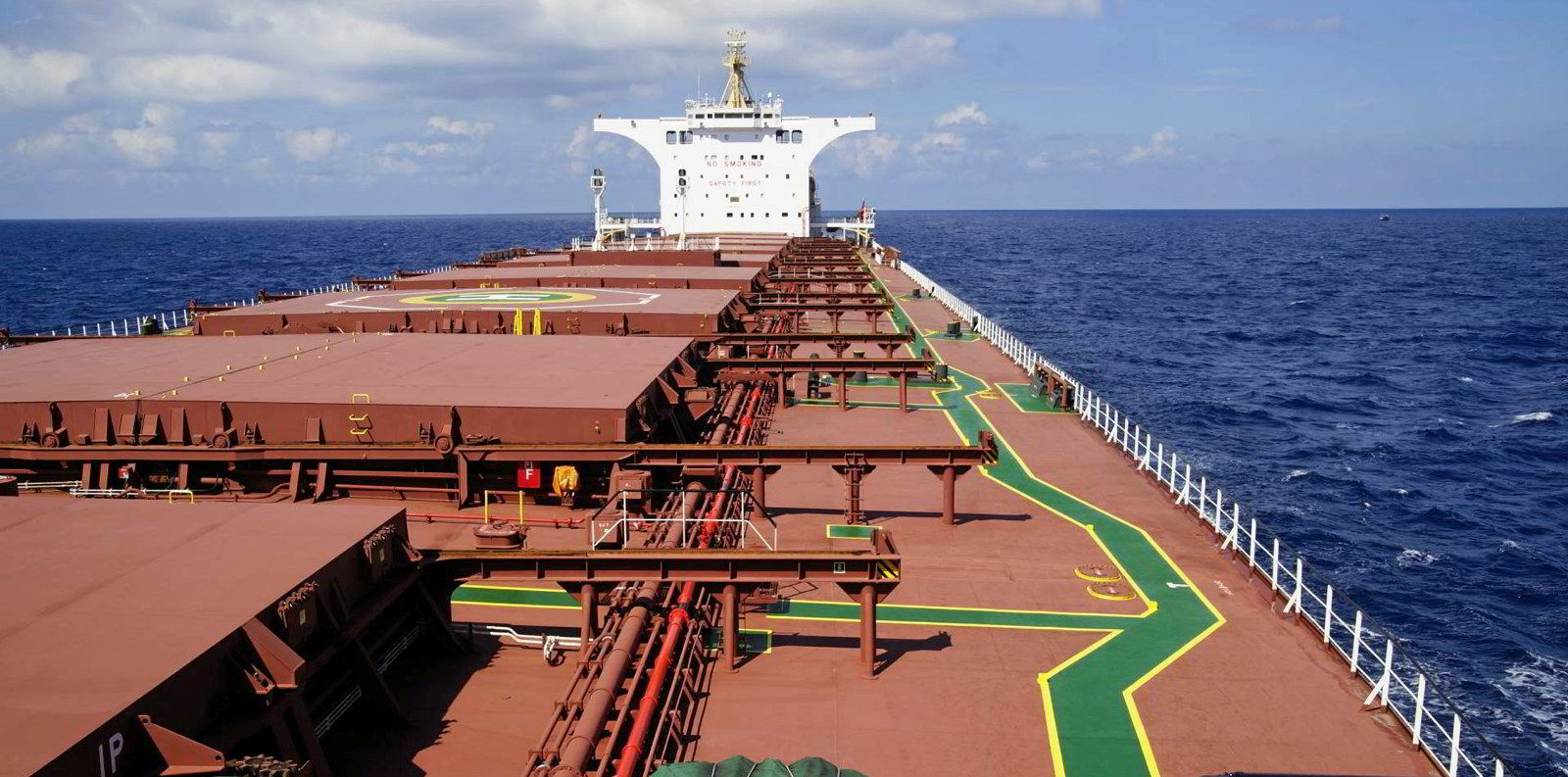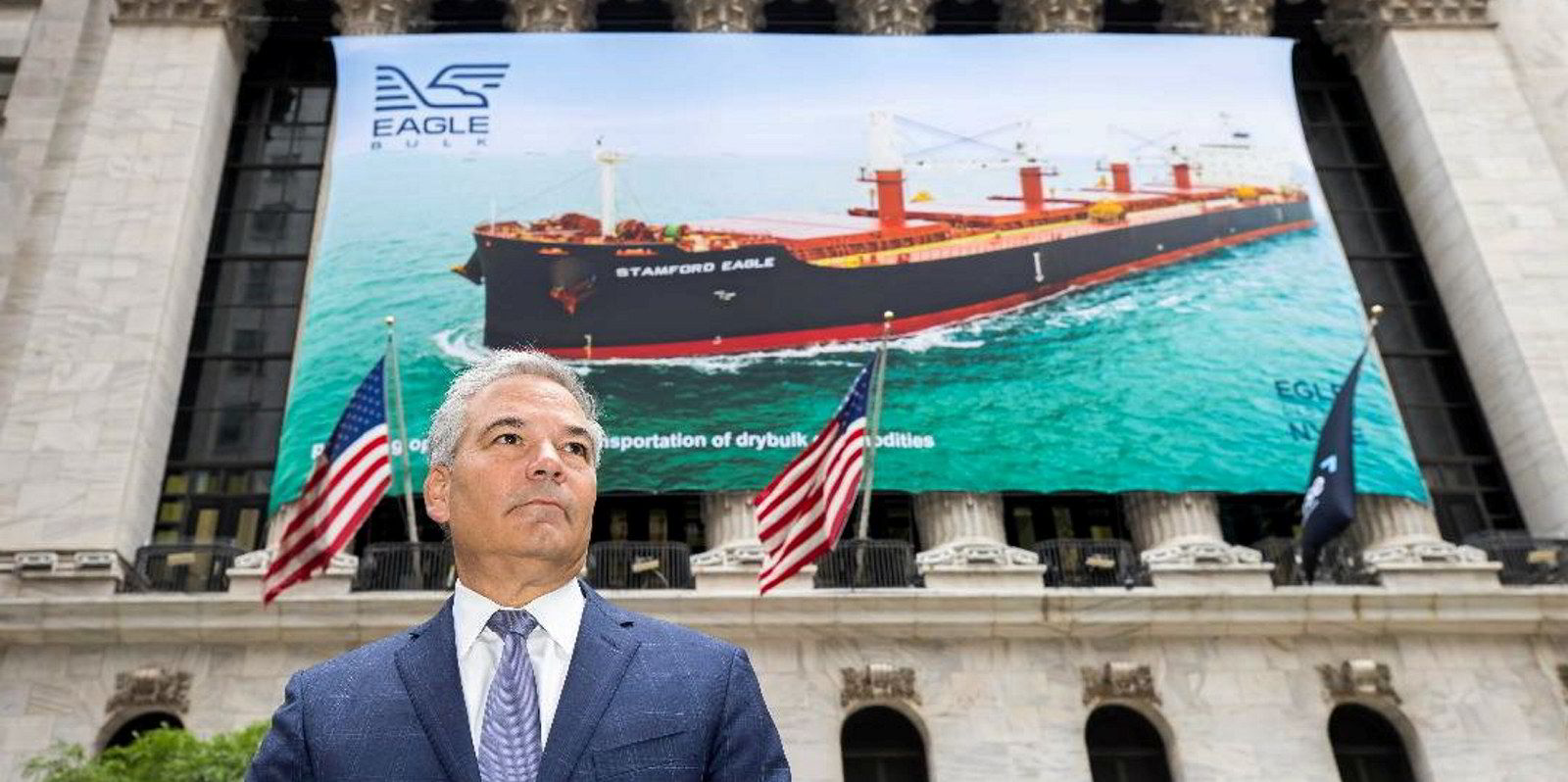Capesize rates are set to weaken significantly in this quarter after enjoying their best start to a year in more than a decade, a leading shipbroker says.
A helpful cocktail of events powered the market for the largest bulk carriers in the first three months of 2024, with earnings on the key capesize 5TC route basket averaging $24,000 per day.
MB Shipbrokers said this is the highest for the opening quarter of the year since 2010.
“Coal and iron ore inventory rebuilding in China and India have been the main fuel for this strong capesize performance, but it was further compounded by other factors,” the brokerage said in its quarterly dry bulk update.
“The troubles in the Red Sea have pressured operators to sail around the Cape of Good Hope rather than through Suez, thus increasing the overall tonne-mile multiplier for Asia-bound cargos from the North Atlantic.
“Add to the mix some high congestion from adverse weather conditions in Australia and China and a fleet that has continued to keep its speed in check in order to comply with regulations … all contributed to a cocktail that provided a significant boost to capesize earnings.”
While the capesize market has been running hot this year, it has cooled off of late, with physical and futures markets trending downward.
According to the Baltic Exchange, capesize rates were down at $18,900 per day on Friday.
Researchers at MB Shipbrokers said owners should expect further pressure in the short term due to weaker demand.
“We expect capesize rates to come off significantly as a consequence and the continuous disruption around the Suez Canal should alleviate some of the fall,” it said.
“We expect demand to recover in Q3 and rise in Q4, however, while supply growth is expected to be very limited.
“The potential for very strong capesize earnings this year is significant and we have revised our expectations upwards this quarter.”
The brokerage also noted a late-quarter rally in the kamsarmax market, which had been restrained by access issues at the Panama Canal and congestion in South America.
“Those vessels started to benefit from the coal inventory rebuilding as well as the significant South American soy and corn harvest from the end of February, propelling earnings briefly above the $20,000 per day mark in March,” it said.
Supramaxes experienced similar fortunes, with rates up 36% year on year in the first quarter at $12,000 per day.
“The monsoon and heatwaves in the summer will determine Asia coal demand for the second half of the year, but while we see a global contraction for coal shipment this year, we do not expect a complete collapse,” MB Shipbrokers said.
“Demand from the agricultural sector, meanwhile, is expected to be strong this year and Panama Canal restrictions should persist. However, the significant size of scheduled ultramax deliveries will pressure rates.”
Overall the shipbroker said: “We expect dry bulk earnings to improve across the board this year and reach a peak in 2025 before slowly correcting in the following years.
“Capesize rates are anticipated to grow the fastest, in large parts thanks to the limited size of the orderbook, and average between $26,000 and $29,000 per day this year.”
The broker expects delivery of new ships will weigh on supramax freight rates, which it projects will average $14,200 per day this year and $16,400 per day next year.
Kamsarmaxes and handysizes are, respectively, expected at $17,700 per day and $13,300 per day on average for 2024.






